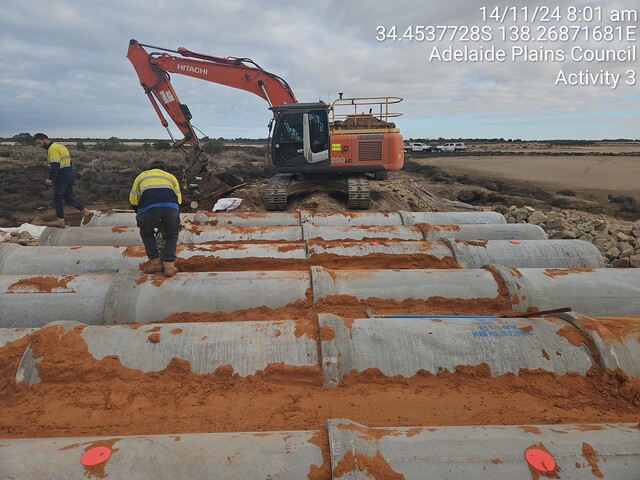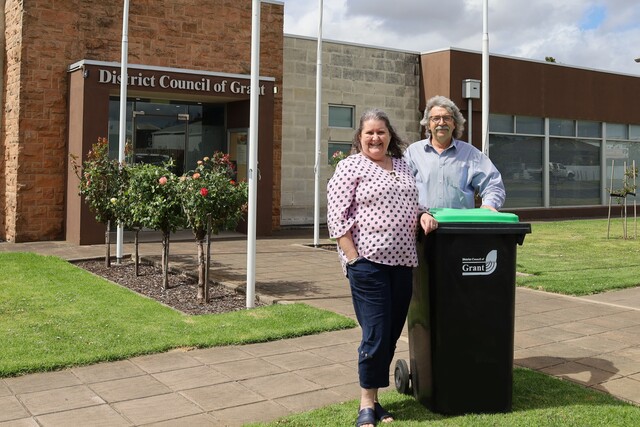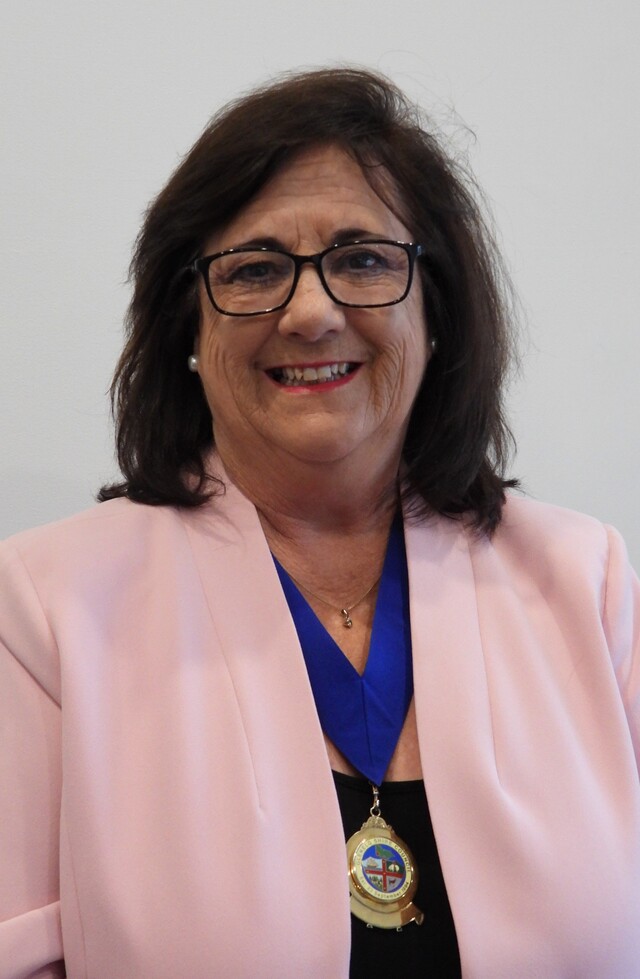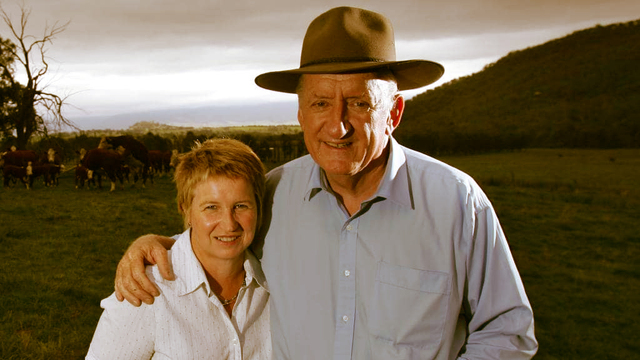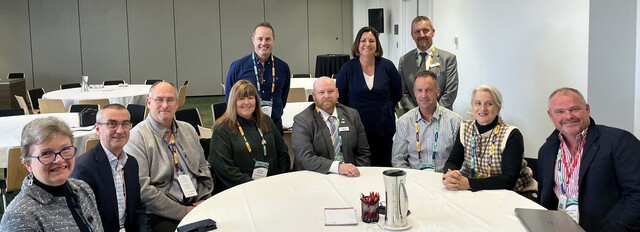By Julie Bishop*
Rising fuel prices, an ageing population and changing community expectations will mean that many aspects of Australian cities have outlived their usefulness, and may require significant reconstruction in the future. The urban environment in our country has been designed around the need for efficient motor vehicle access, however this design is likely to become increasingly redundant in coming decades. Major factors that will lead to a reduction in the importance of motor vehicles, particularly private, include long range forecasts for higher fuel prices, a much higher percentage of older Australians in the community and an increasing focus on regular exercise as part of a healthy lifestyle.
Many of the current design features in our cities were developed for a younger nation and will also need to be redesigned to meet the needs of all ages. Australia’s designers, planners, architects and builders will need to focus more clearly on community expectations of the future, because the built environment we create today will be the environment of our future. Every aspect of design will need to be considered from ‘the ground up’.
Urban sprawl will have to be replaced with functional communities that support people of all ages and which facilitate community interaction and support networks. We know that a significant proportion of people will live in one or two person households and without community support we are facing an epidemic of loneliness, depression and isolation.
One initiative to encourage the necessary debate among those who build our cities is the National Speakers Series A Community for All Ages – Building the Future. It is an ambitious new approach to sparking dialogue and innovative ideas between all involved in the planning, building and design of Australia’s built environment.
Public spaces are one of the essential design features for these new style communities, and are important for social and physical activity. Parks and open spaces will need to include access pathways that suit people with reduced mobility and leisure facilities that cater for the needs of older people, as well as younger generations.
Arguably the biggest driver of the changes is that most Australians will choose to live independently in their homes, rather than move into retirement villages or residential aged care homes. There is a myth that most people grow old and eventually move into residential aged care, however only about 10 per cent of people will ever require residential care and the vast majority will age in their homes. As people age, they experience various life transitions associated with changes in physical and economic independence, which may lead to changes in their living arrangements and accommodation needs.
Population ageing will have considerable impact on the type of housing needed in the future and it is far more efficient to include age friendly features during construction rather than modifying homes at a later date (reference Australian Housing and Urban Research Institute 2004, Housing futures in an ageing Australia , AHURI Research & Policy Bulletin, Issue 43, AHURI, Melbourne).
The planning decisions being made for our cities now should recognise these issues. Planners need to work with designers and all levels of government to change the current, outdated youth focused environments and create those which are ‘age inclusive’, catering for people of all ages. This applies to new developments, particularly in ‘destination regions’, such as the north and central coast of NSW, the Mandurah region of Western Australia and south east Queensland. However, it will also apply equally or more importantly to existing cities as our existing infrastructure and suburbs will not be suitable in their current form.
The National Speakers Series is travelling to larger towns and cities across Australia to provide a new forum for people keenly interested in the need to link design of the built environment with continued improvement of our nation’s wellbeing. Through these events, the Department of Health and Ageing is inviting planners, designers, builders, governments, and academics with good ideas to identify potential solutions to designing communities for all ages and abilities – communities that combine and improve the mix of homes, public spaces and workplaces.
We may find we need to rethink how our housing and urban spaces can be made more age friendly. Suburbs for all ages need well lit car parks, plenty of footpaths and safer suburban streets. We are currently experiencing a complete reversal of the ‘population pyramid’ as the first baby boomers turn 60 next year. Presently, 12 per cent of the Australian population is over 65 and this will increase to 25 per cent over several decades. For the first time in the nation’s history there will be more people aged over 65 than under 15. This huge demographic shift is due to a number of factors: our decreasing birth rate; the increase in life expectancy; and the entry into the older age group of the baby boomer generation, which is the largest population group this country has ever seen. They will be unlike any older generation we’ve seen. They grew up at a completely different time. It was a time of political activism, the so called sexual revolution and the emergence of social movements, such as environmentalism and equal rights and feminism.
Baby boomers will have greater expectations, they will be more demanding, less trusting, and economically more powerful than previous generations. And that means that any design approach to their living spaces must be far more flexible than has been provided for the current older generation. Baby boomers are already leaning towards living in different communities. We’re seeing the emergence of lifestyle villages rather than retirement villages. Many more changes to our built environment will be made due to the ageing of the baby boomers.
For more information about the National Speakers Series and upcoming seminars, see www.health.gov.au/communityforallages or email NatSpeakersSeries@health.gov.au * Julie Bishop was Minister for Ageing from October 2003 to January 2006 – she is now Minister for Education, Science and Training. She was first elected as the Member for Curtin in 1998. Curtin includes the western suburbs of Perth, which have the highest percentage of people aged 65+ in Western Australia.


